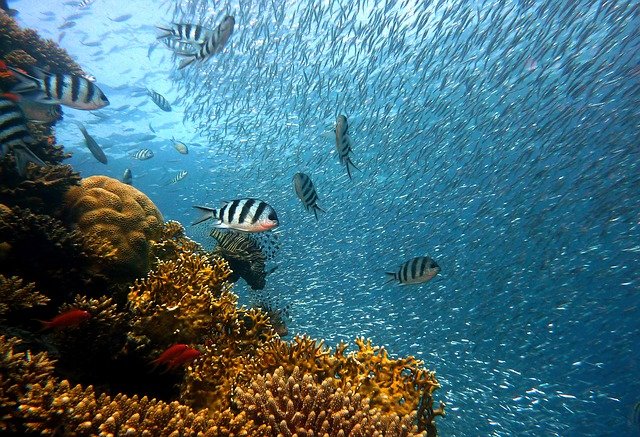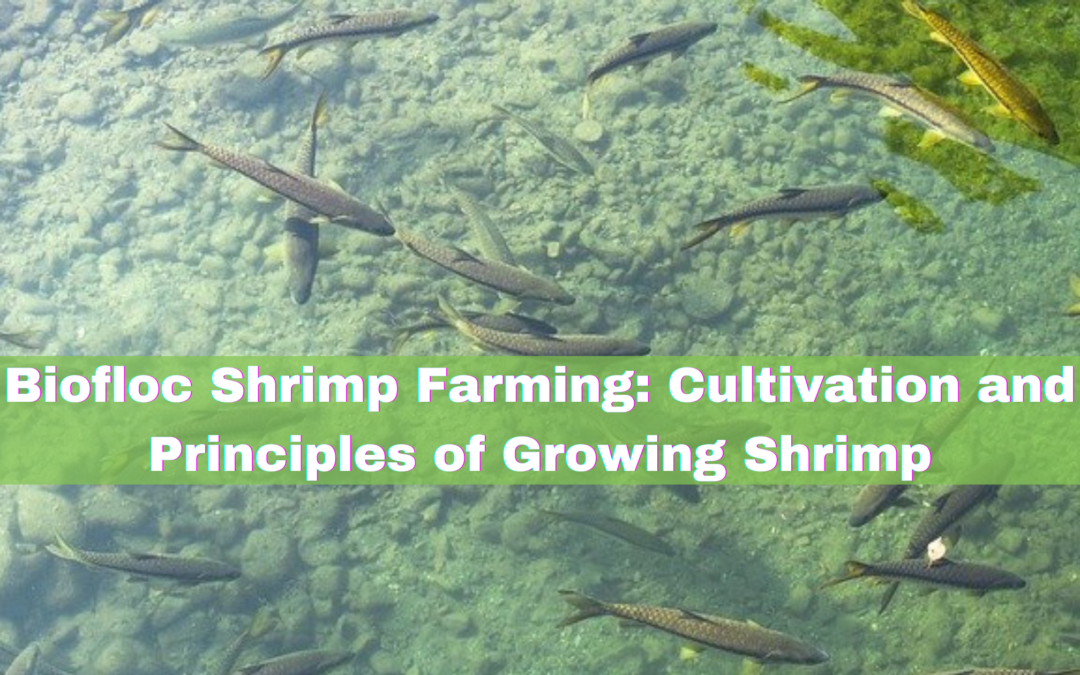Commercial fish farming has been on the rise with many people opting for adopting aquaculture farming of a range of fish species. Shrimp is one of the species with huge market demand and also benefits. Shrimp farming has a unique space in the farming industry and cultivating it doesn’t require huge capital and a large portion of land. However, before considering venturing into commercial shrimp farming; it’s vital that one takes time to learn and gain proper information about shrimp farming.
Shrimp farming has contributed to developing the economies of many countries and communities and is depended upon by many people. Here are some of the ways of growing shrimp;
Biofloc Shrimp Farming
Biofloc shrimp farming is a technique that entails enhancing water quality by balancing carbon and nitrogen within the aquaculture system. The Biofloc system isn’t only effective for the treatment of waste it also provides nutrition to the aquatic animal. The higher ratio of carbon and nutrient should be maintained through the addition of carbohydrate sources and water quality should be improved through the production of single cell microbial protein of high quality.
With such conditions; dense micro-organisms have developed that end up functioning both as bioreactors that control both water quality and protein food sources. The biofloc technology in shrimp farming is preferred due to its resistance to environmental changes and also its bottom-dwelling habit. Biofloc technology has become common in the farming of pacific white shrimp and has been proposed recently as an alternative solution to wastewater treatment and feed re-utilization.
Biofloc shrimp farming may not be ideal for small farms and this is due to the intensive aeration, requirement of additional carbon sources to help stimulate bacteria growth, and regular waste removal. The technology consists of a range of microorganisms, feces, uneaten feed, and suspended particles with aeration and water propulsion.

The Principle of Biofloc Shrimp Farming
In a typical pond, only 20 – 25% of fed protein gets utilized by the shrimp with the rest ending up going into waste. The manipulation of the ratio of carbon and nitrogen within the shrimp aquaculture improves the uptake of inorganic nitrogen into microbial protein which is known as biofloc. Biofloc systems have been proven to help reduce the effectiveness and spread of pathogens while also improving shrimp health through better water quality.
Biofloc farming technology makes it possible for aquaculture to grow towards an approach that’s environmentally friendly. Consumption of microorganisms under this system reduces feed conversion ratio and that consequently leads to reduced costs of feed. The benefits of using biofloc technology are numerous and include; the creation of an eco-friendly culture, improved land and water efficiency, higher productivity, higher biosecurity, reduces water pollution and the risk of introduction as well as the spread of pathogens, and cost-effective feed production among others.
P.S: – Join a team of expert farmers. Visit our EAT Community to gain more information and to network with other fellow farmers like yourself.



